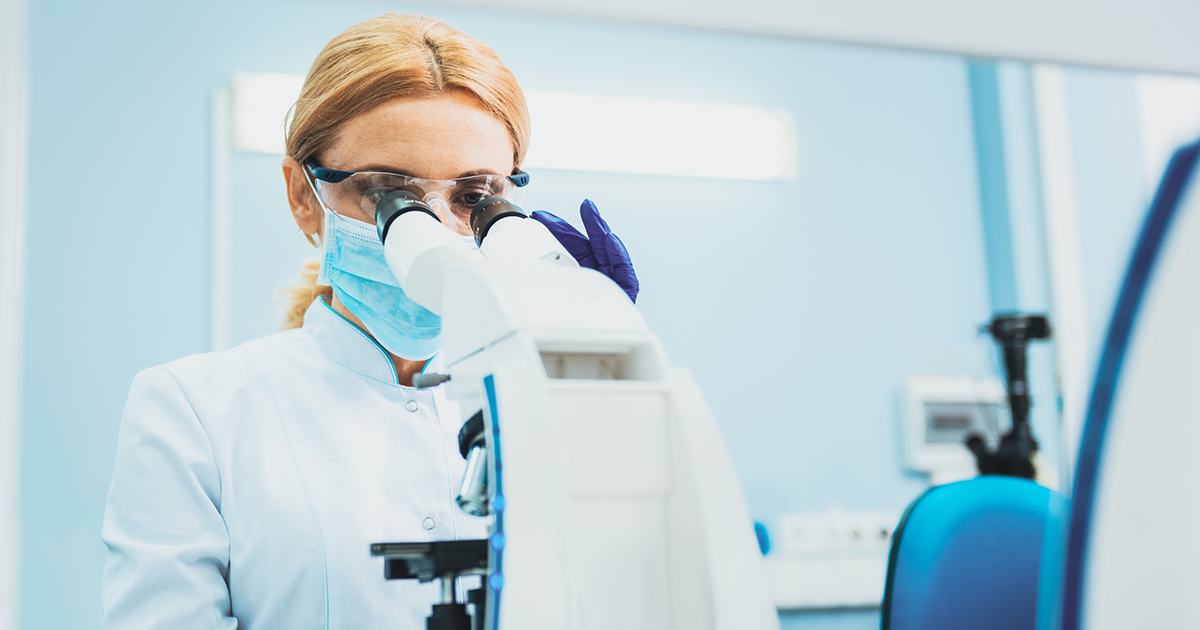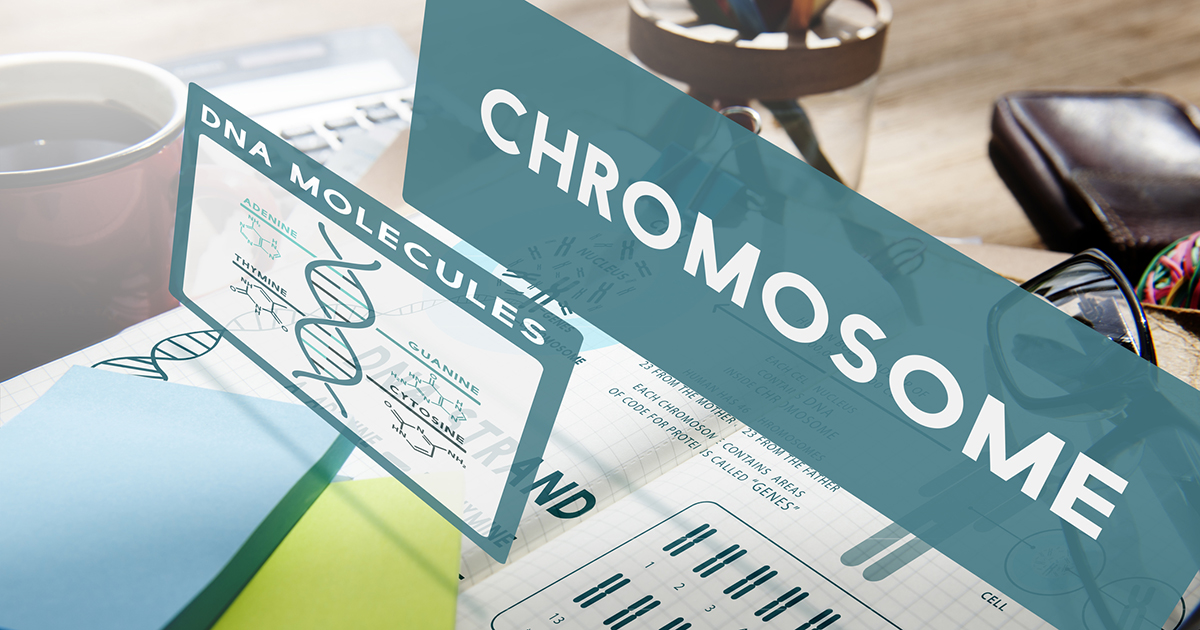Causes And Risk Factors Of Aarskog Syndrome
Aarskog Syndrome is a rare genetic disorder that causes abnormalities and deformities in the stature, genitalia, facial features, muscles, and bones. While it is more common in men, milder versions of the syndrome can also afflict women. Strong, identifiable symptoms generally present themselves in children by age three. Some of these symptoms are extremely visible, such as wide-set eyes or slanted nostrils, while others may require testing to be discovered, such as the testicles failing to descend into the scrotum. In addition to physical manifestations, Aarskog can delay the onset of sexual maturation. Cognitive development can also be delayed, as the disease impacts the brain. Aarskog syndrome is a lifelong condition that does not have a cure.
Inherited Gene Mutation

There are several risk factors for developing Aarskog syndrome, but as it is a hereditary disease, an inherited gene mutation is typically the first to be identified. Babies inherit their genes from their parents, and when one or both of the parents has a mutation, it is likely the child will also have the mutation. Gender, as well as which parent possesses the gene mutation affects the likelihood of inheriting any genetic disorder. The gene in question with Aarskog syndrome is the faciogenital dysplasia 1 gene (the FGD1 gene), which is specifically linked to the X chromosomes, passed from parents to a fetus.
X-Linked Recessive Pattern

Aarskog syndrome is passed down through an X-linked recessive pattern, which means the mutations occur in genes on the X chromosome. One characteristic of this type of inheritance is fathers cannot pass X-linked characteristics and traits to their sons, meaning there is no male-to-male transmission of Aarskog. It is either passed from a mother to children of both genders or from a father to a daughter, though this is much rarer.
As males only possess one X chromosome, only a single copy of the genetic mutation in each cell is required for the boy to develop the condition. In girls, however, a mutation would need to affect both copies of the gene for the disorder to present with the same magnitude. It is highly unlikely for females to be born with two altered copies of the FGD1 gene.
